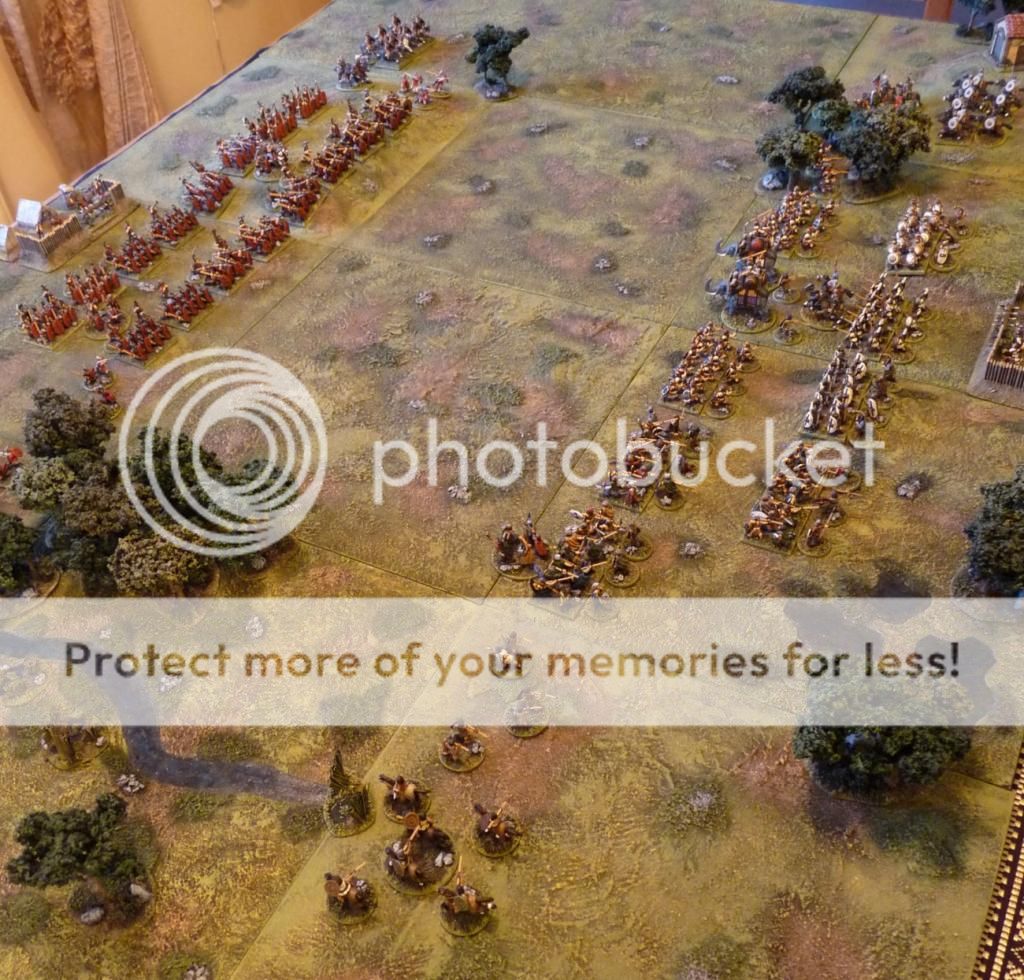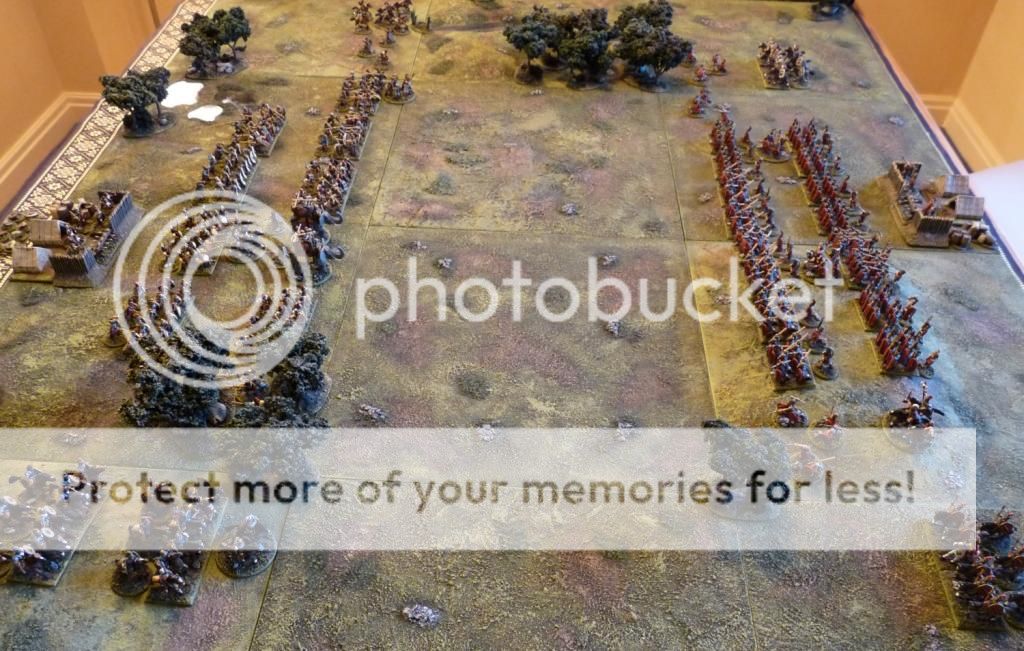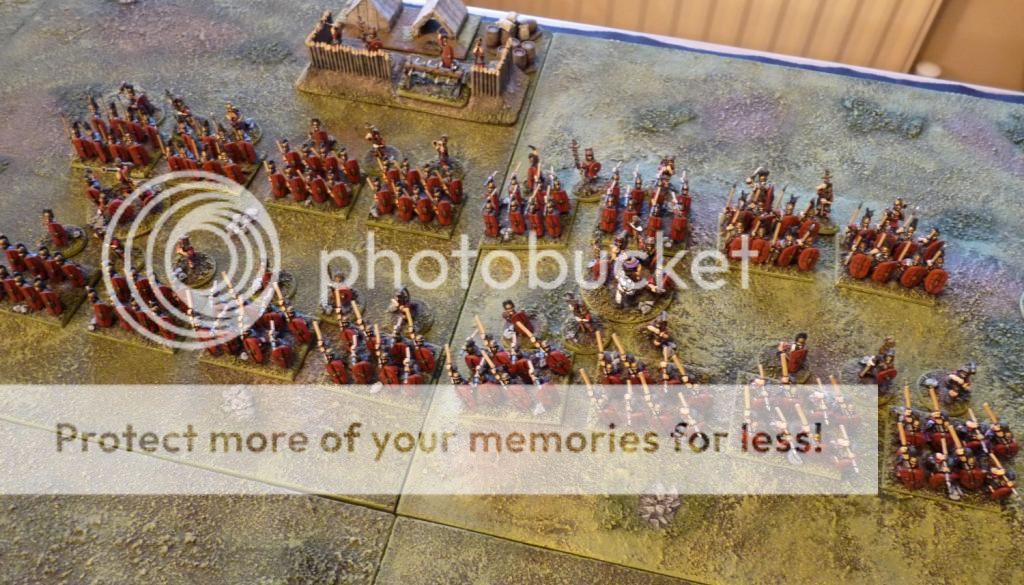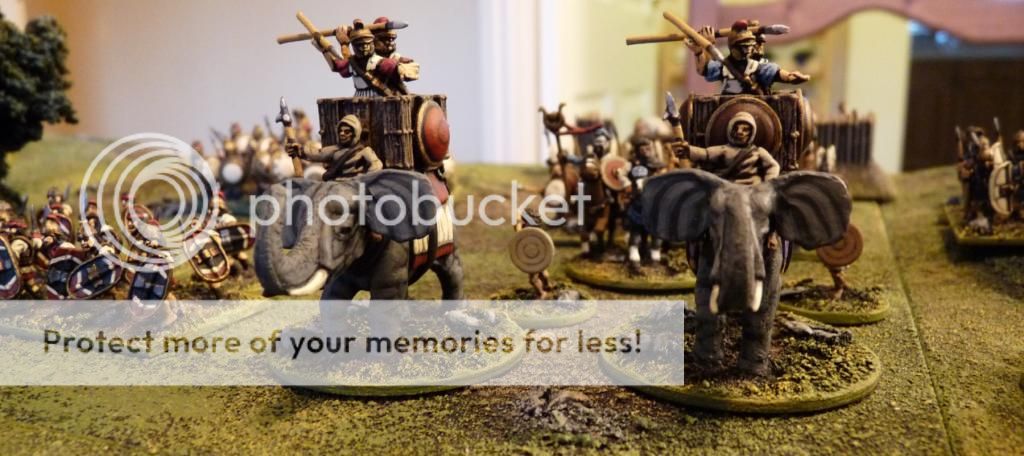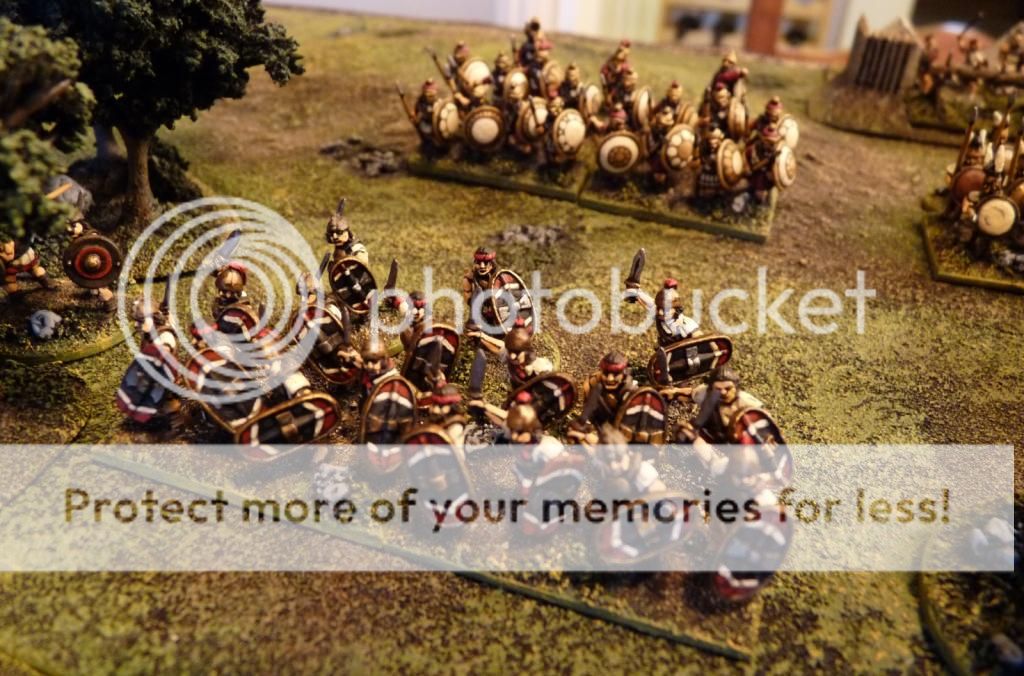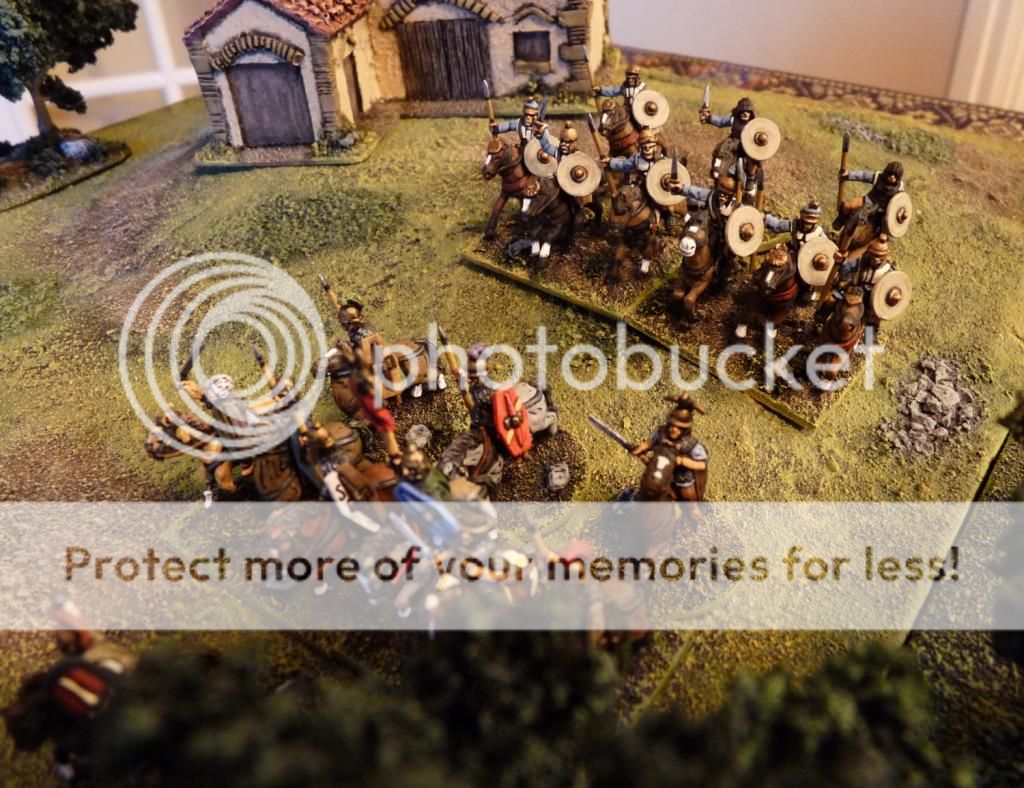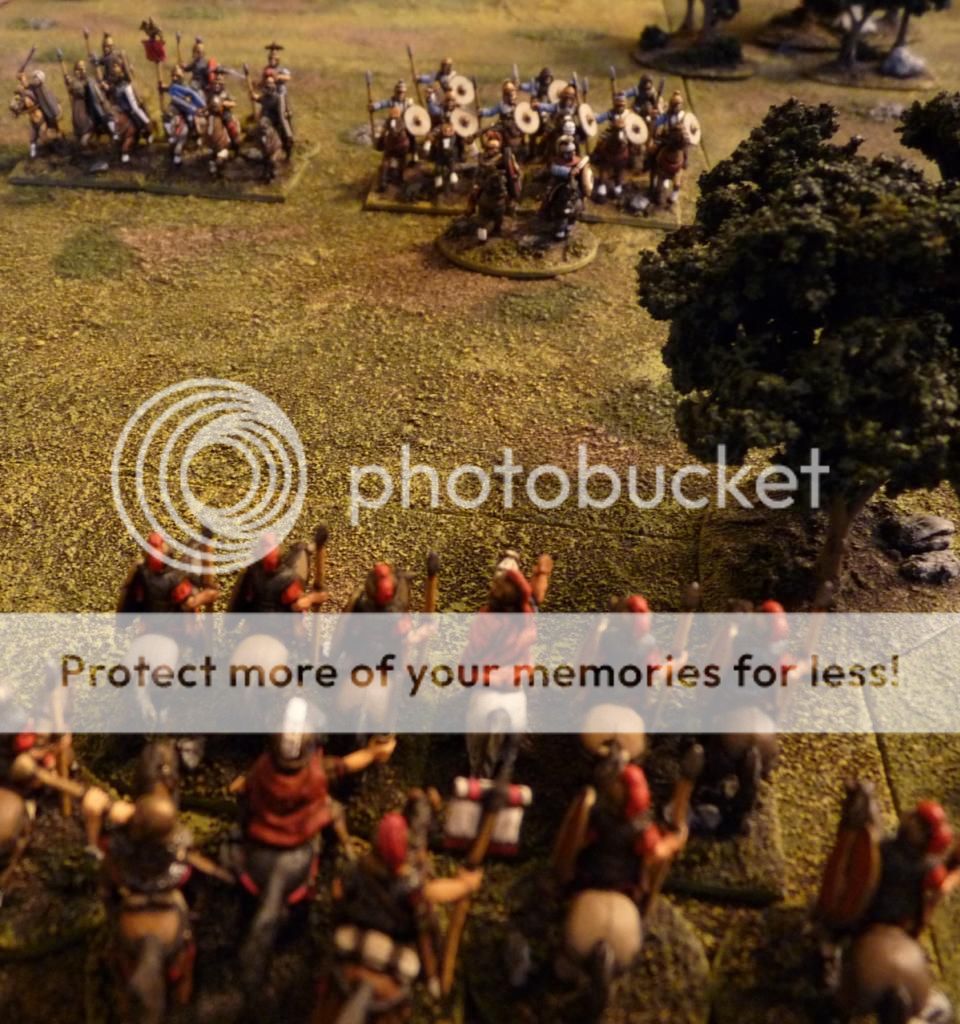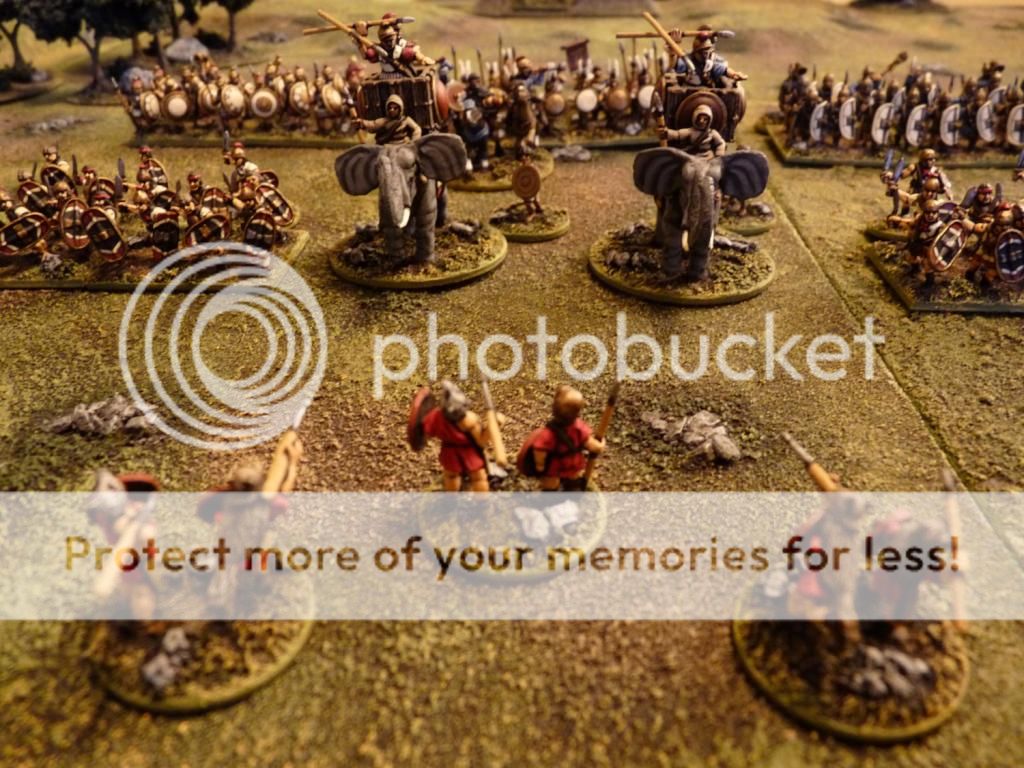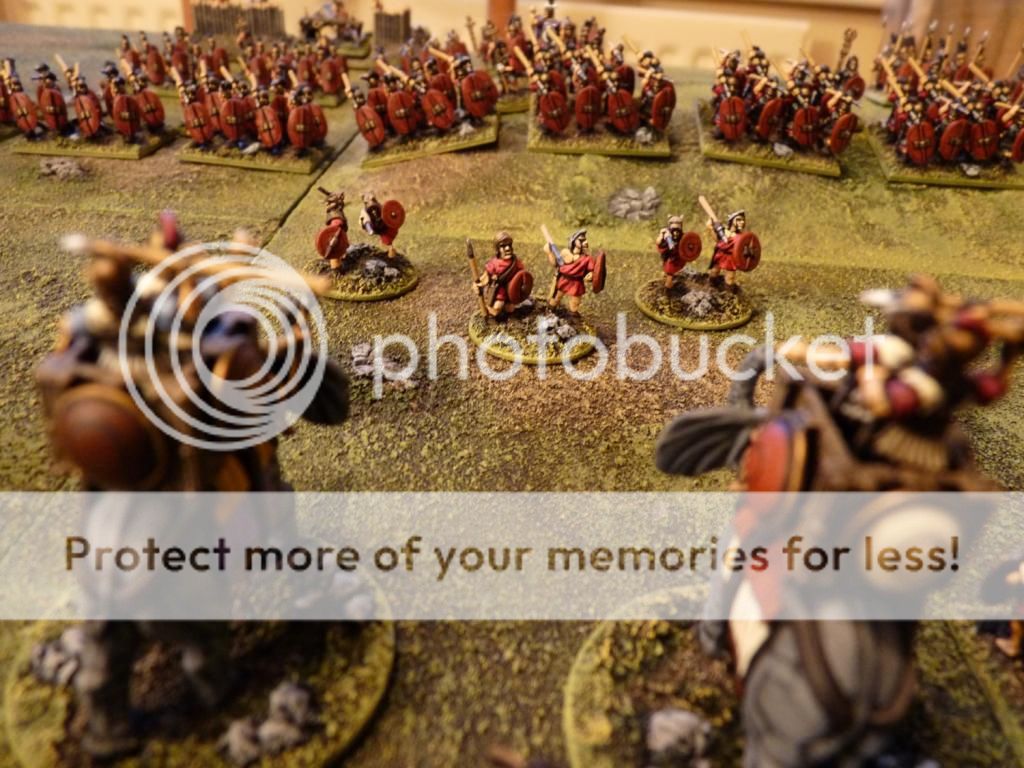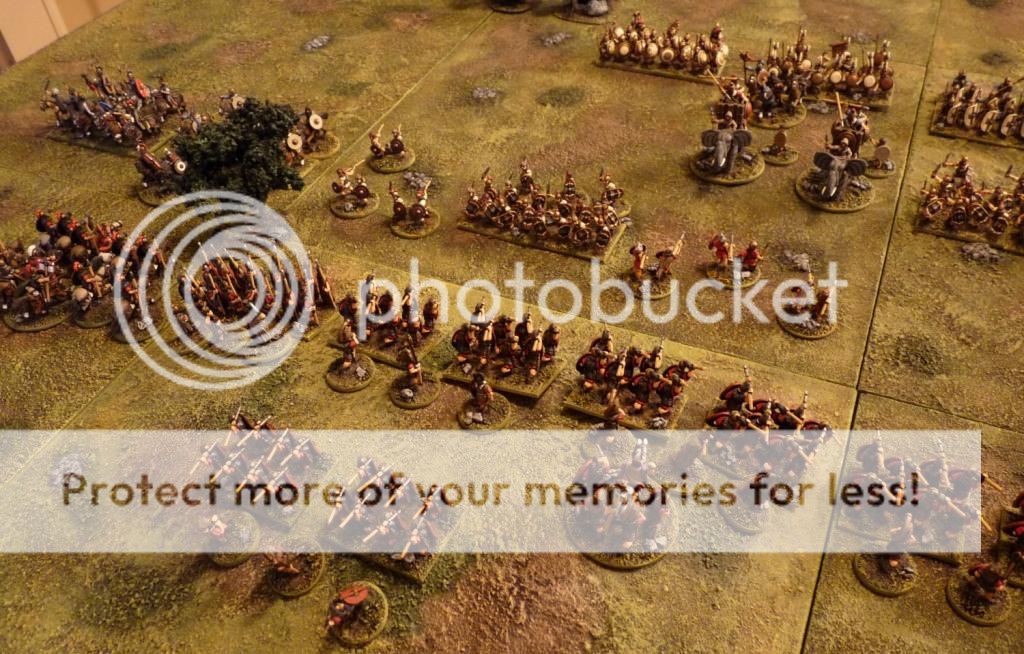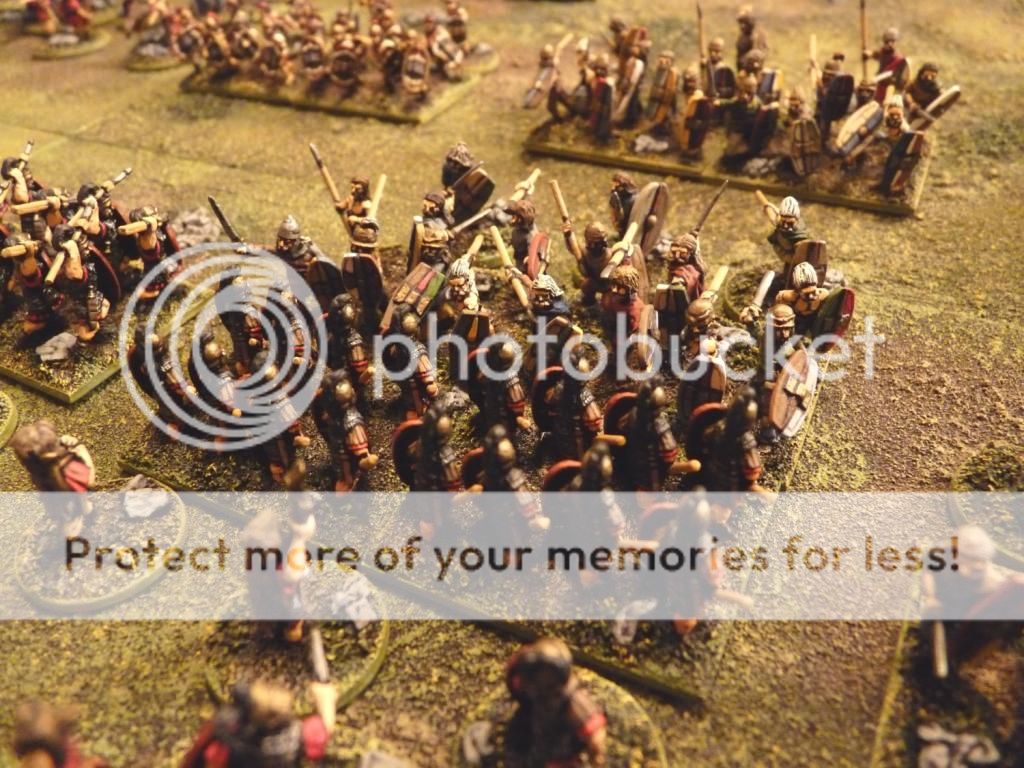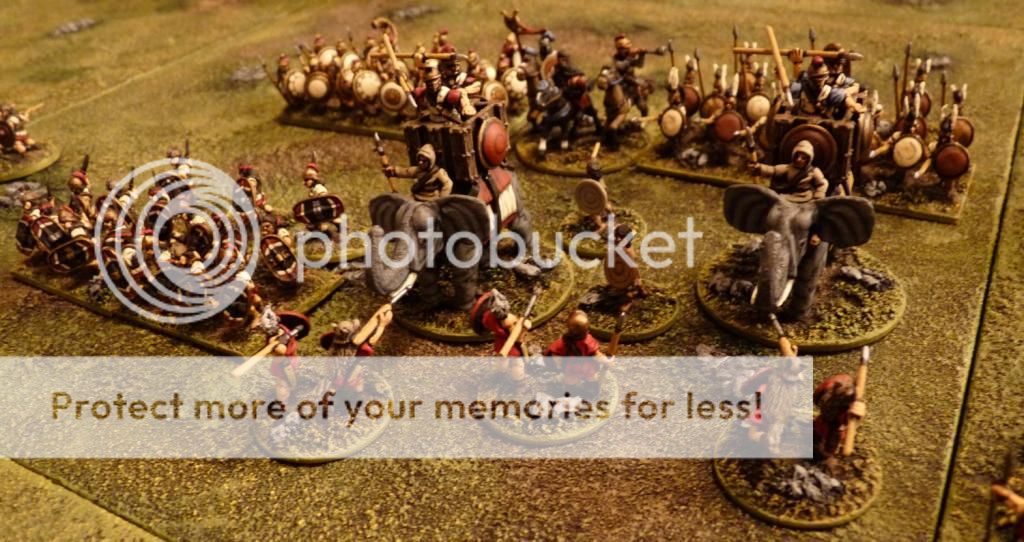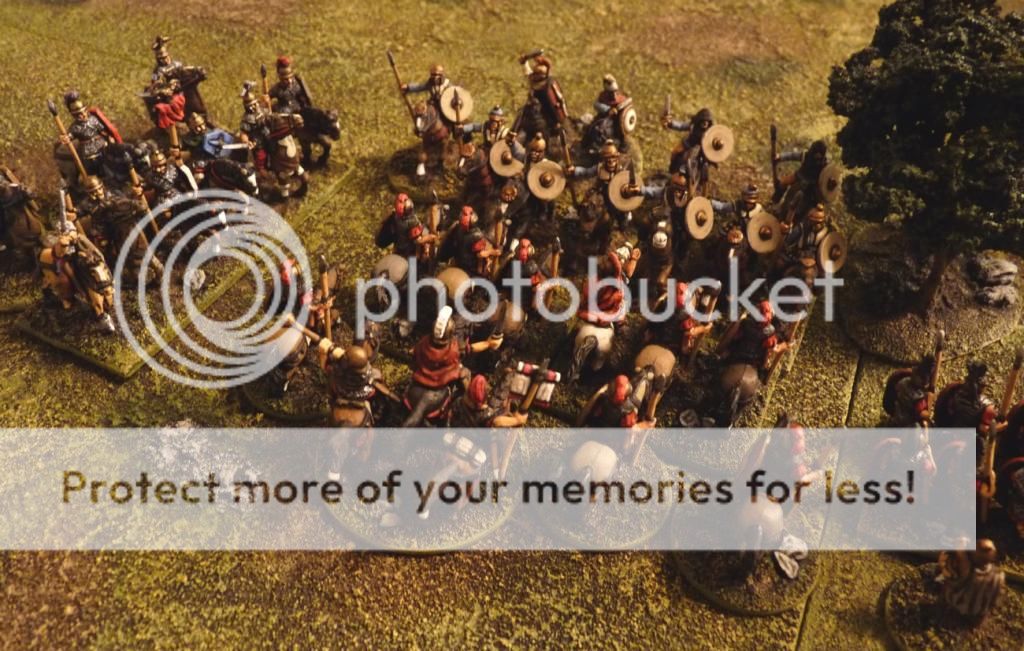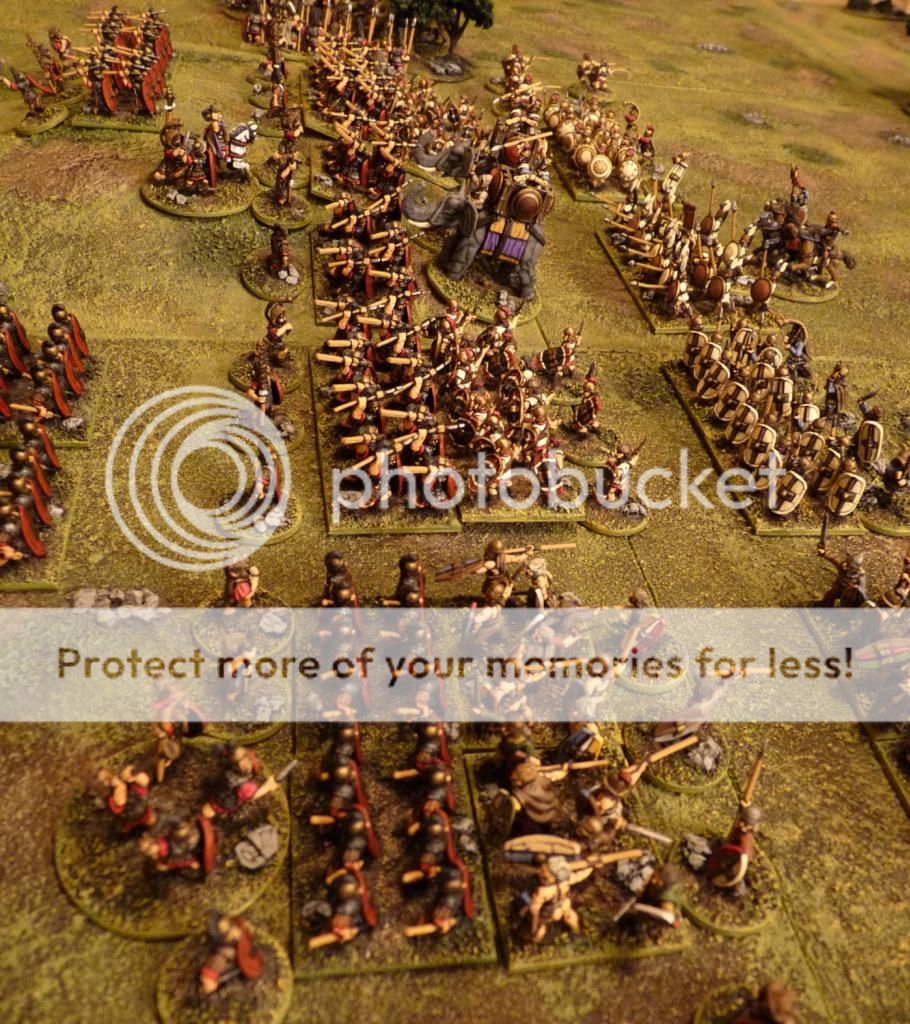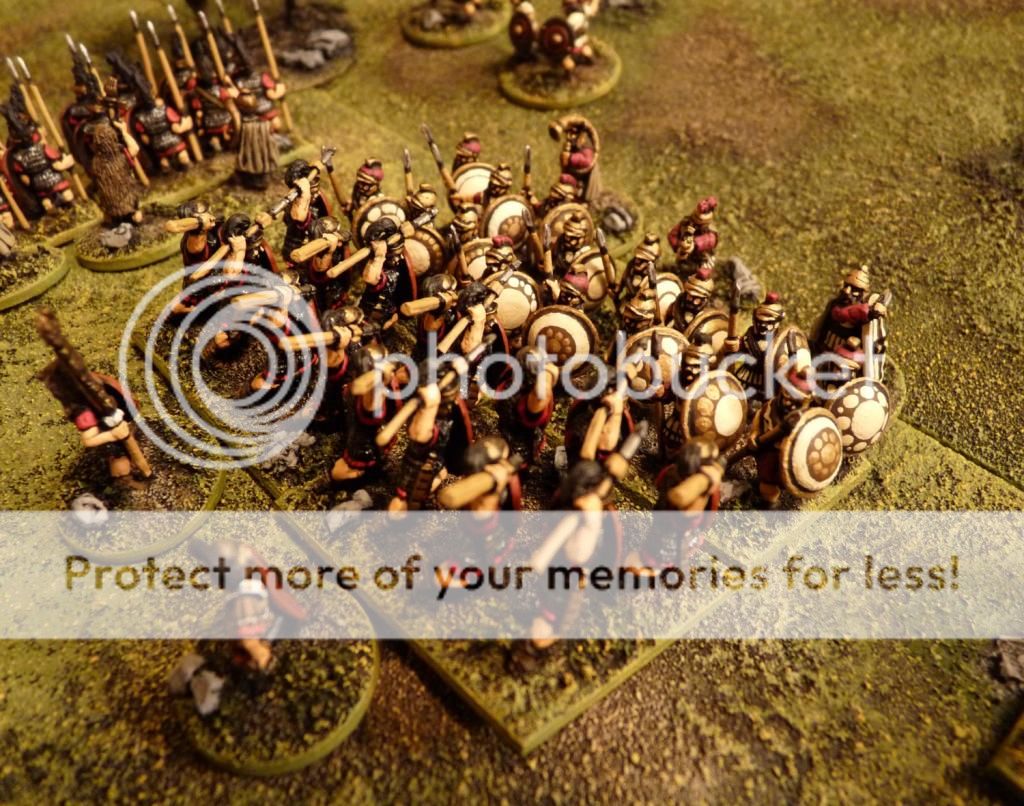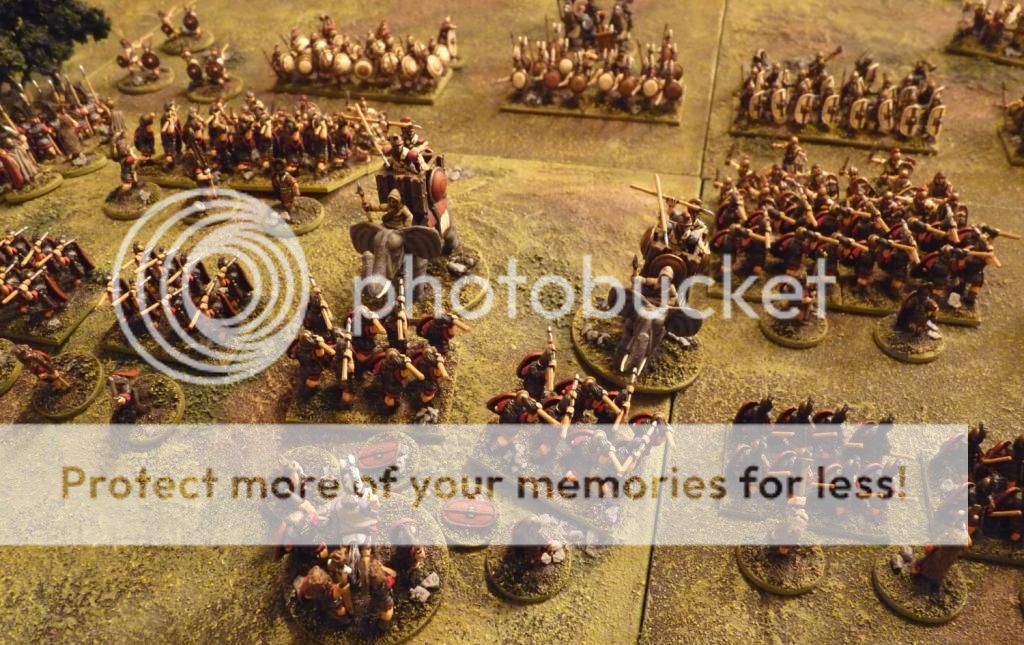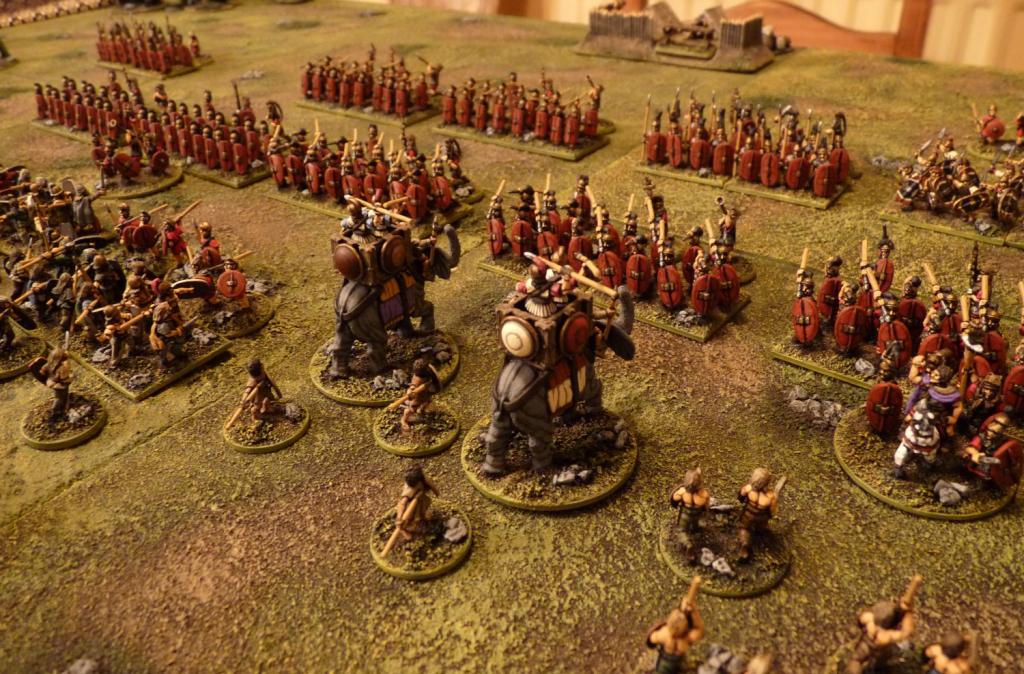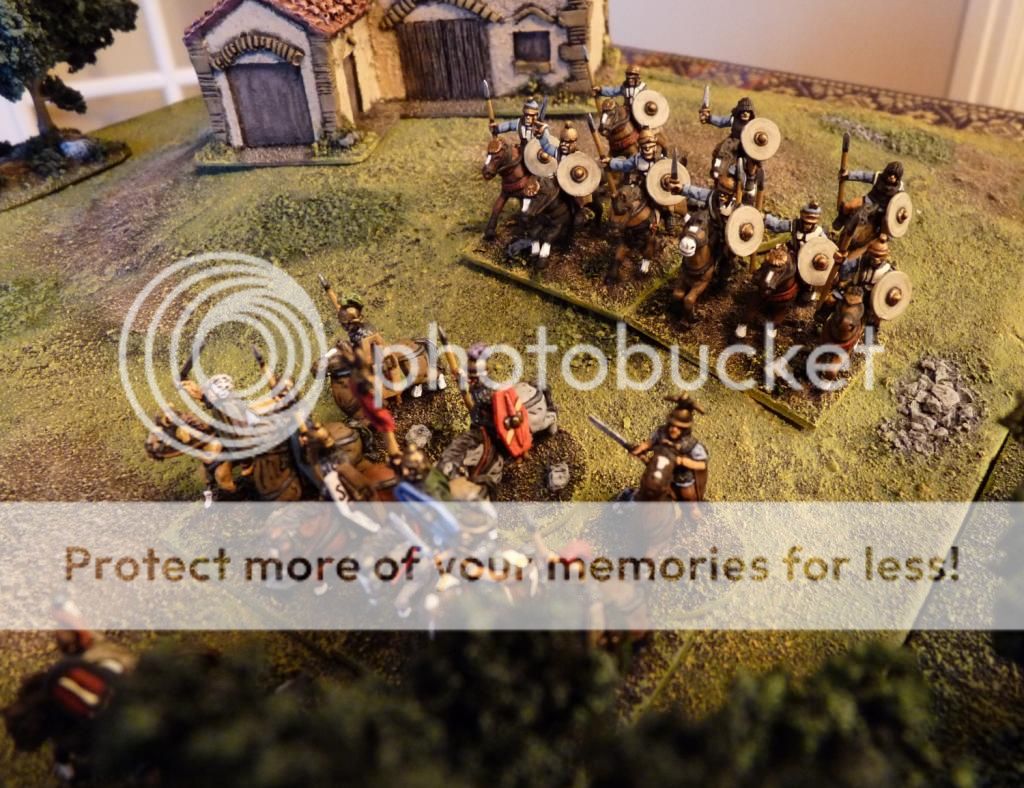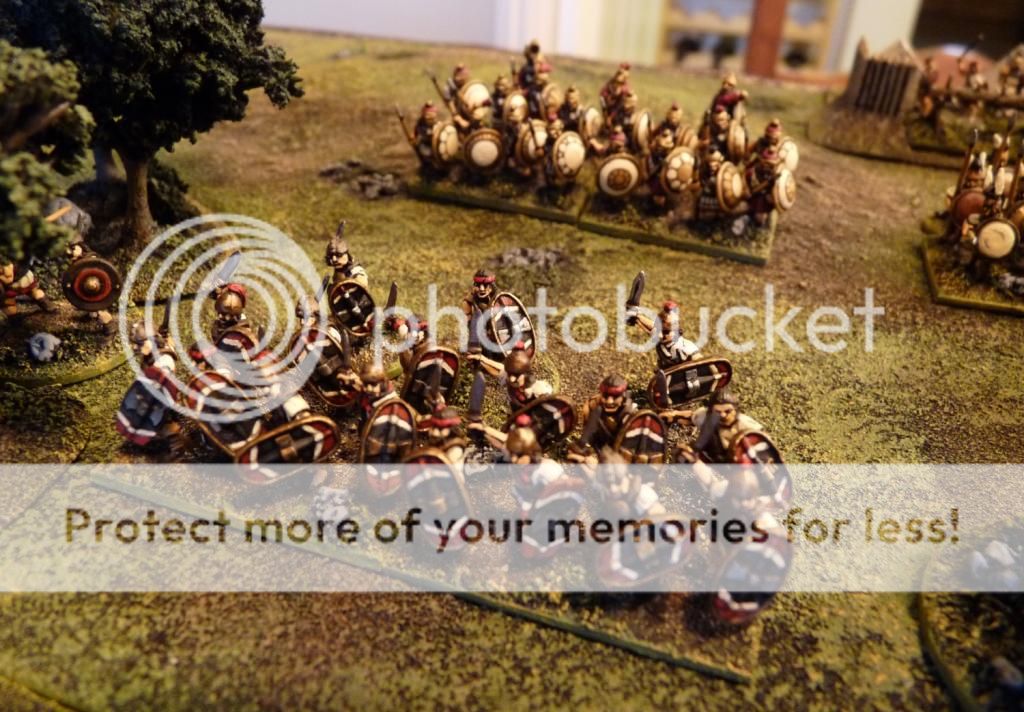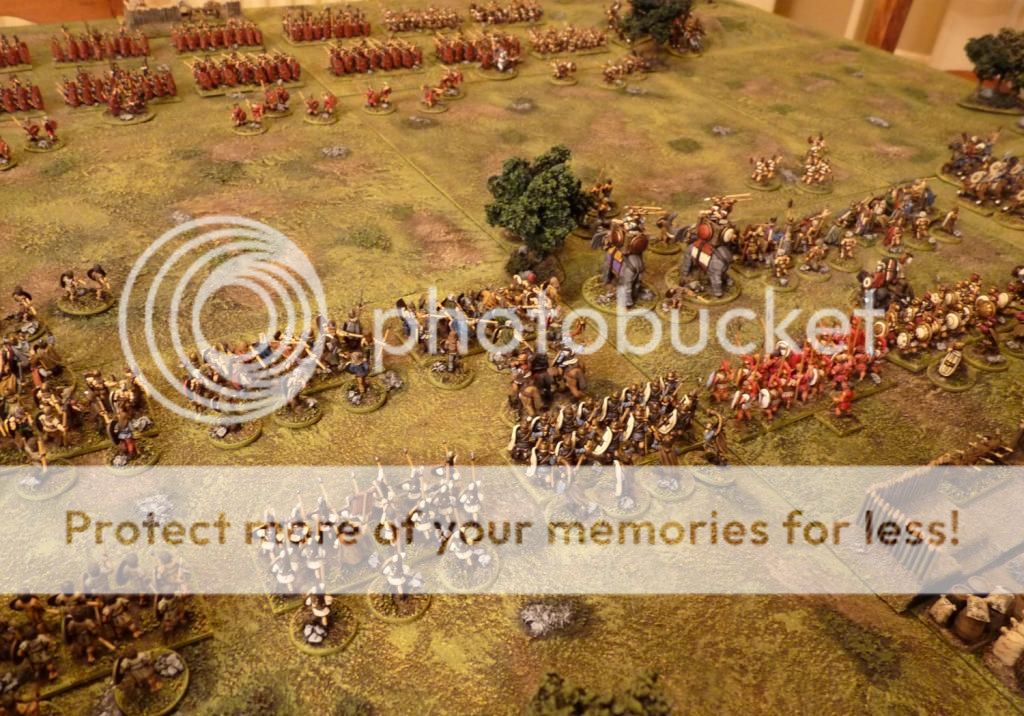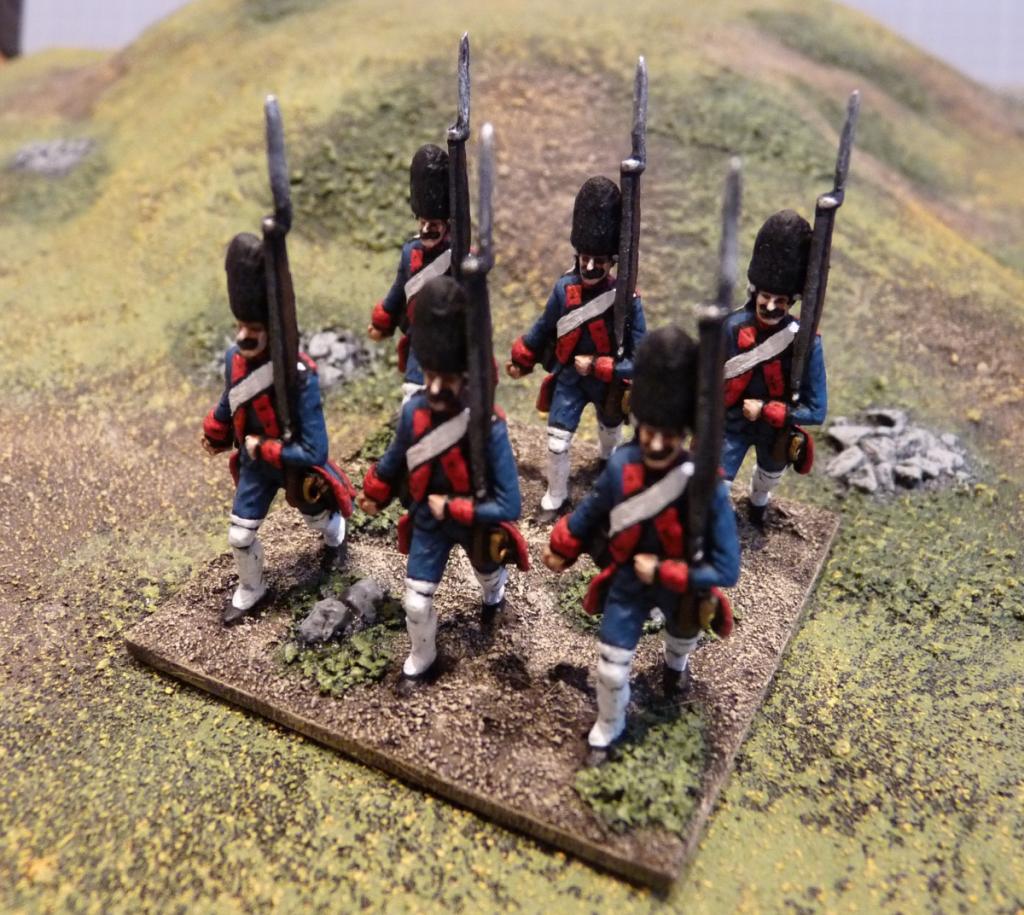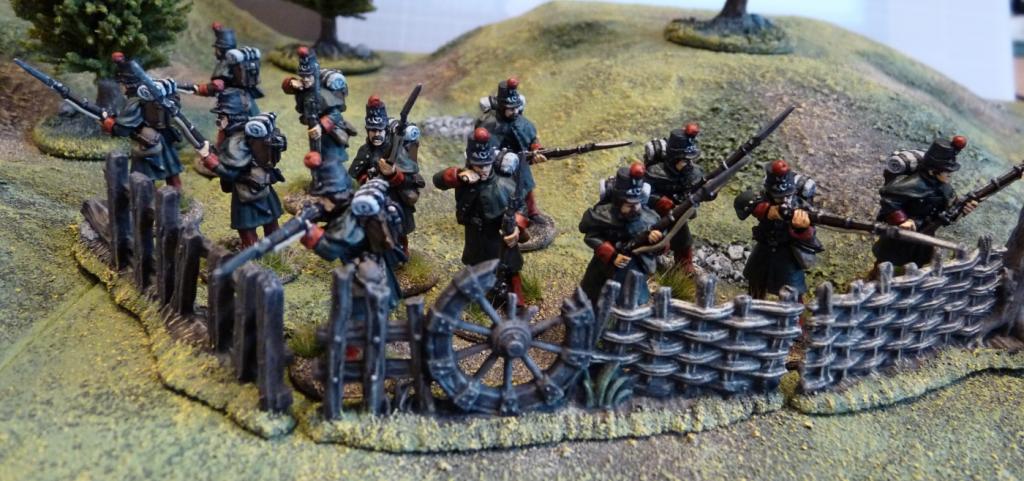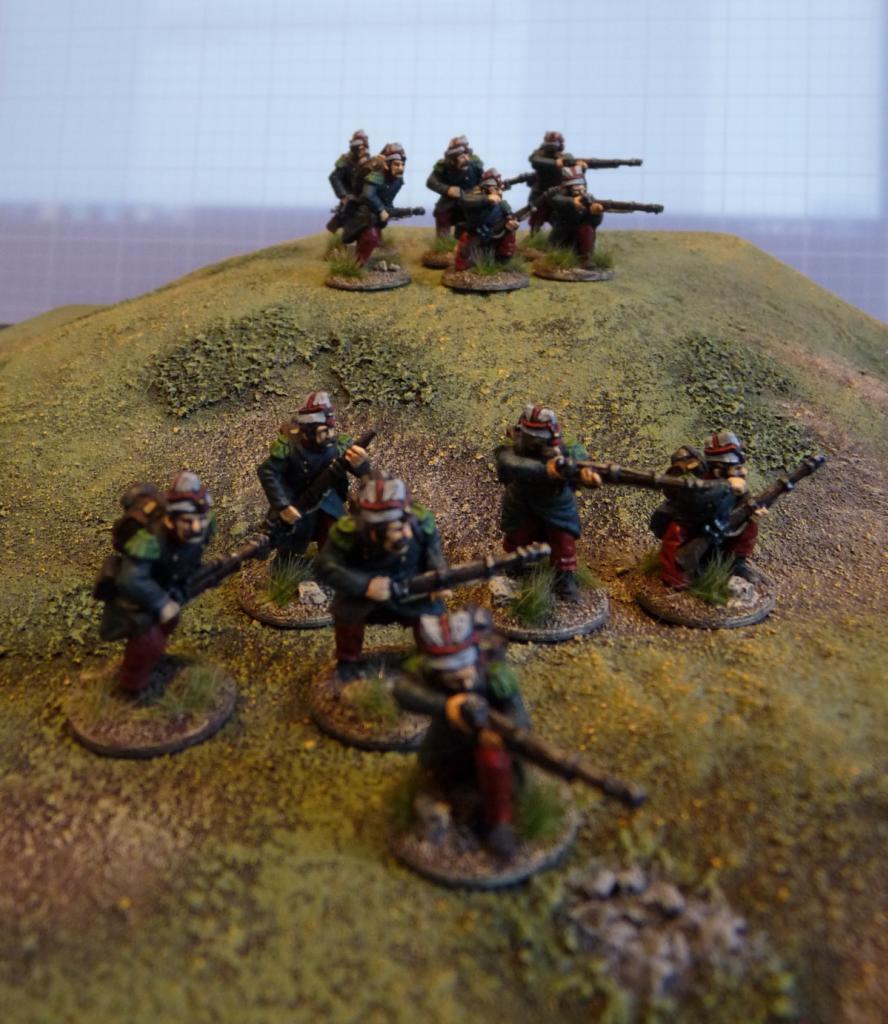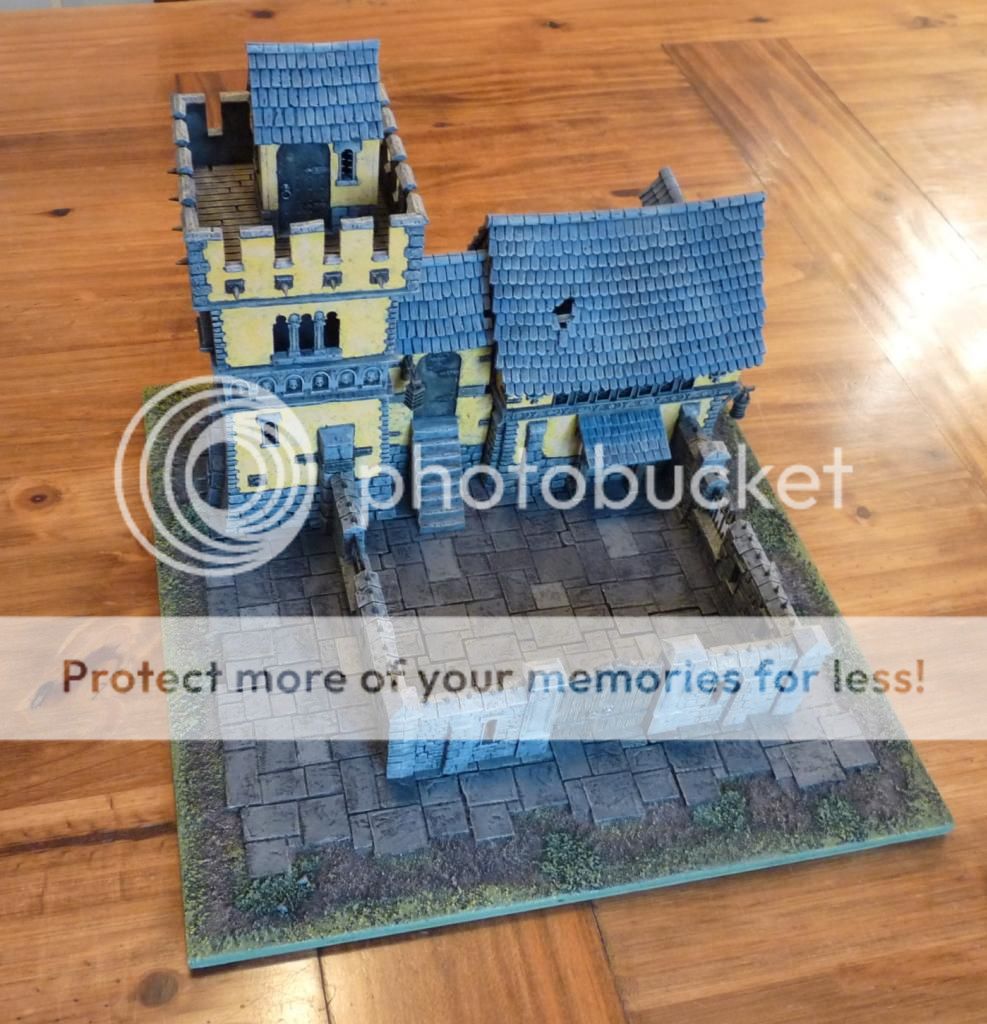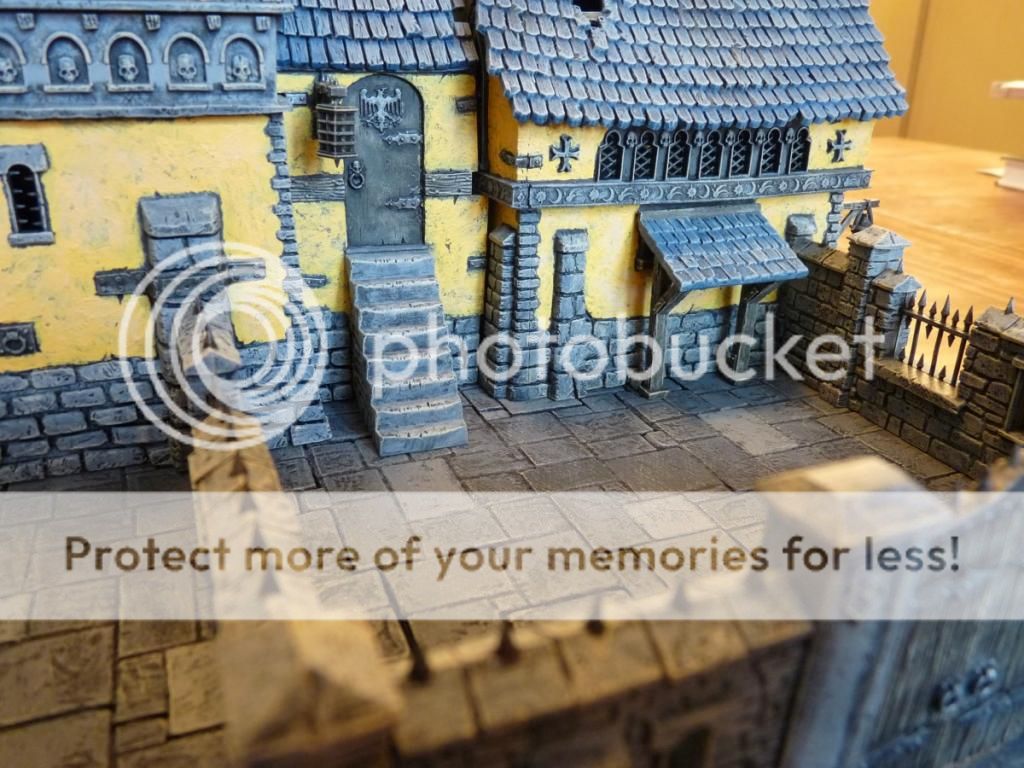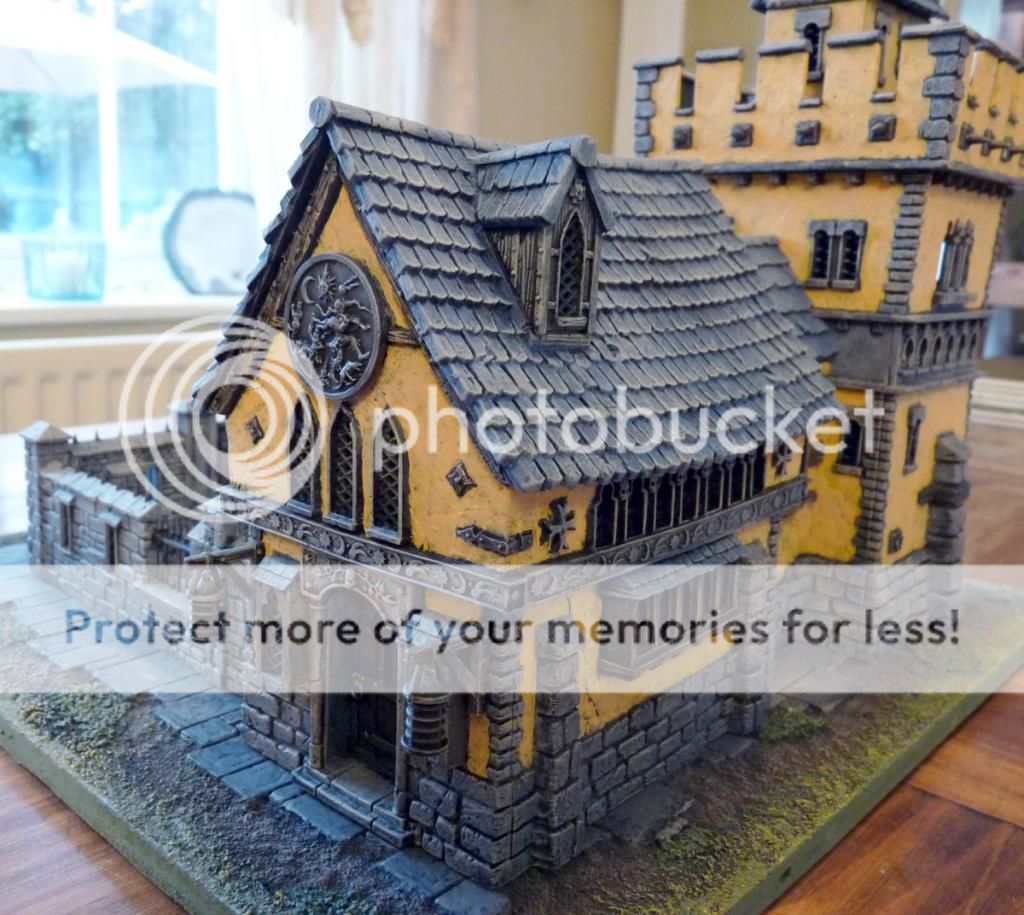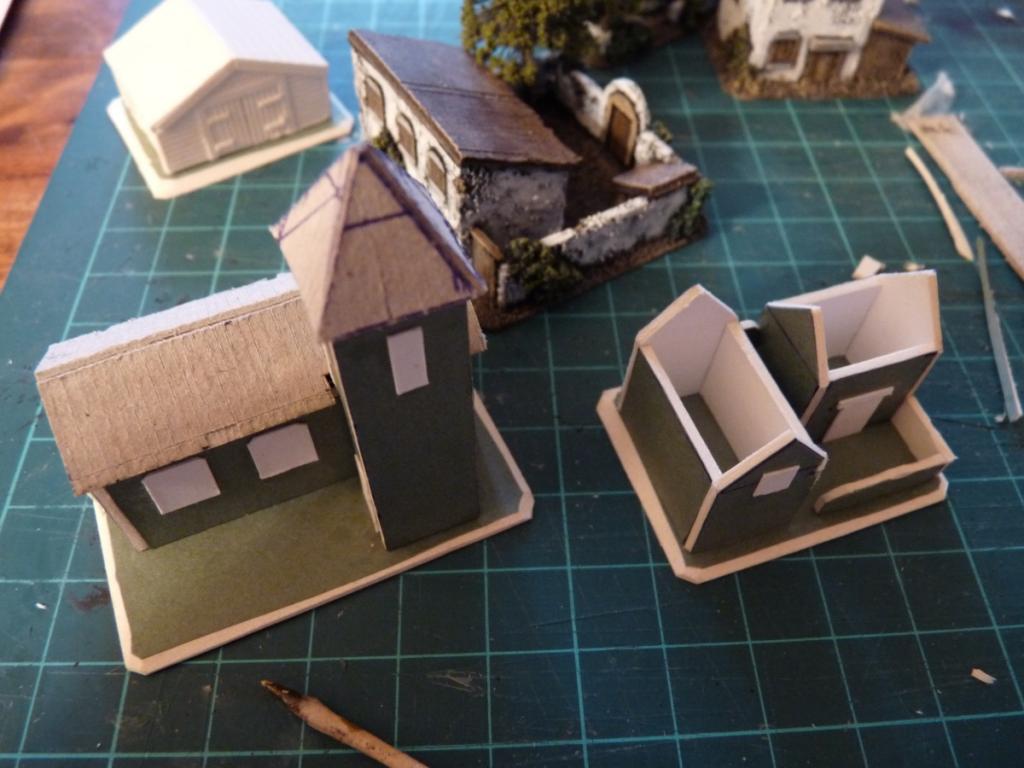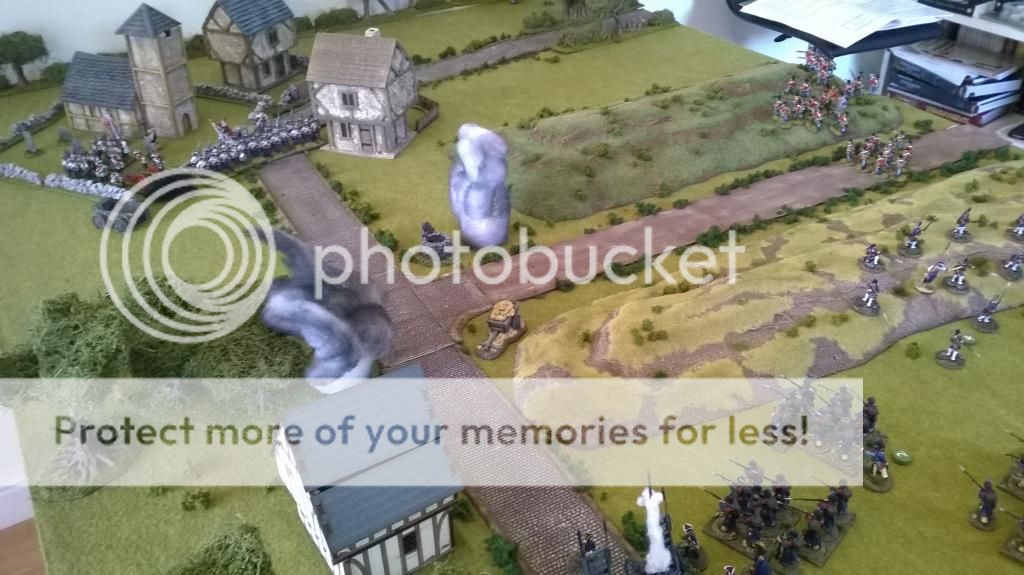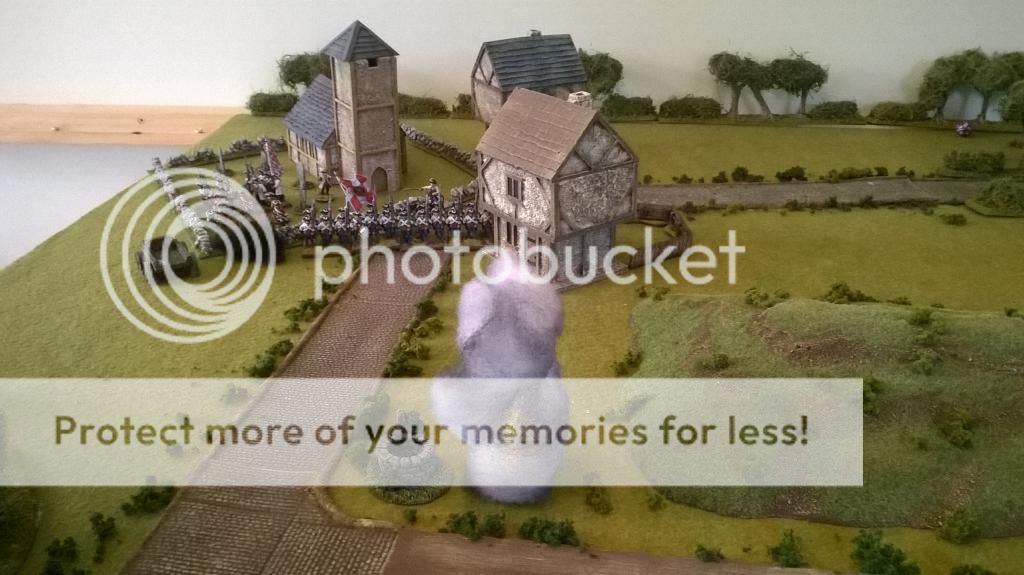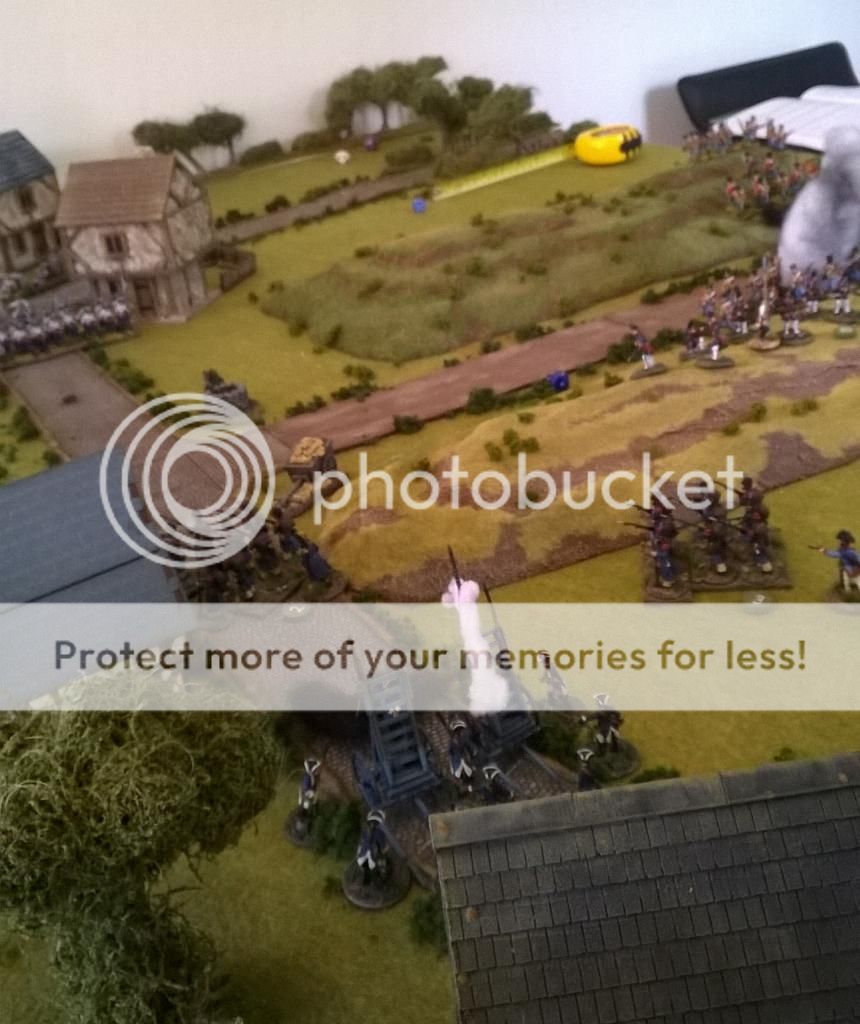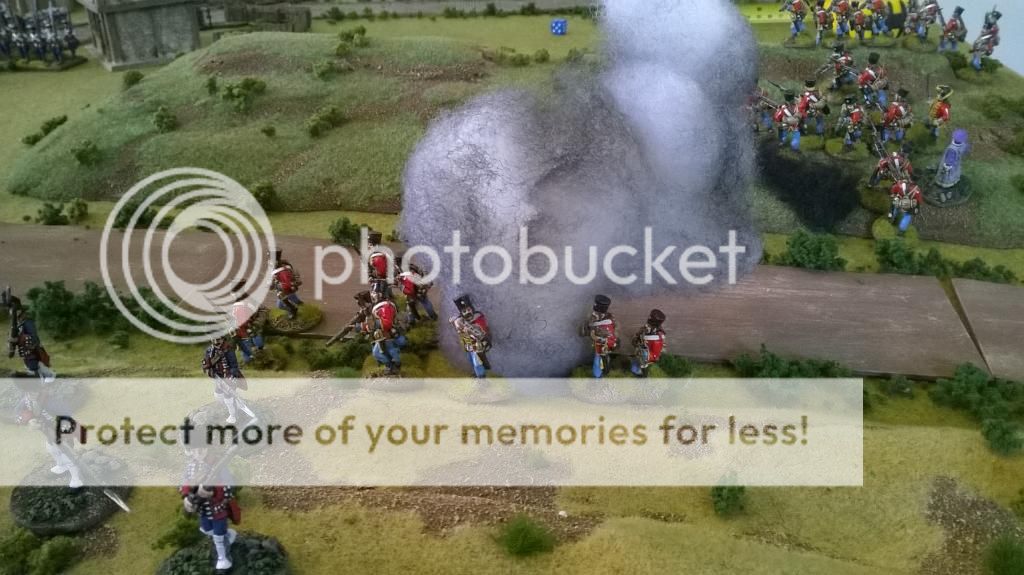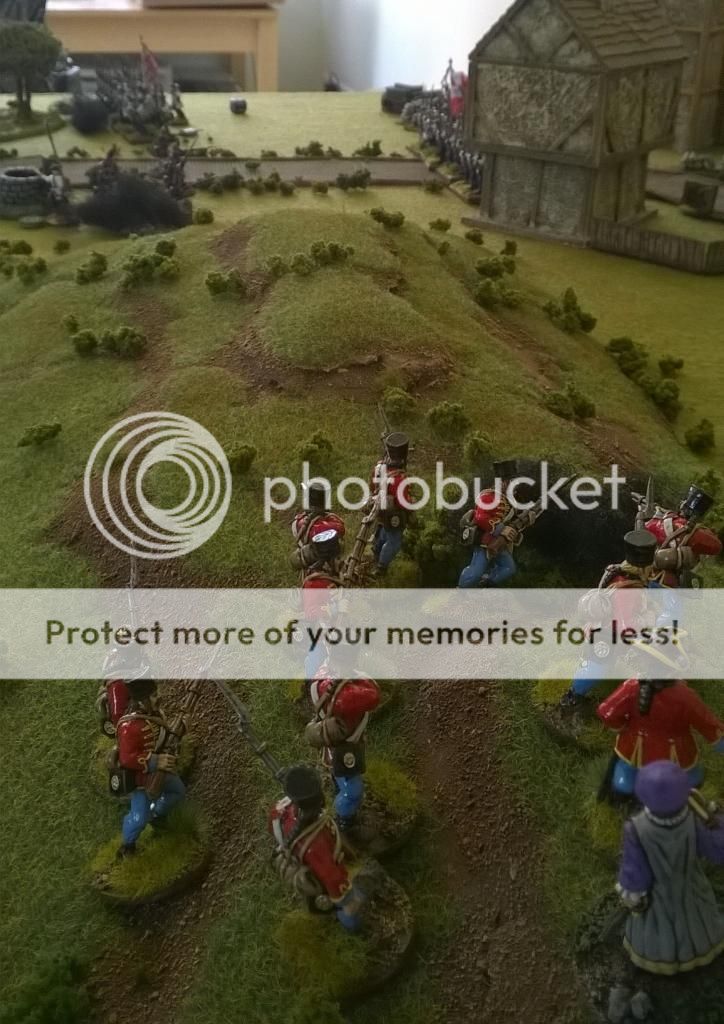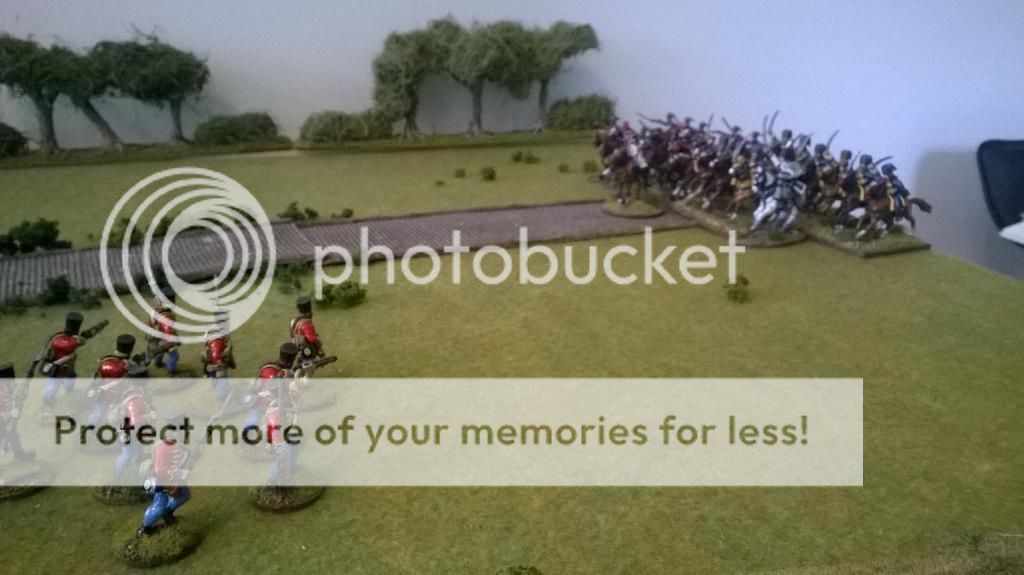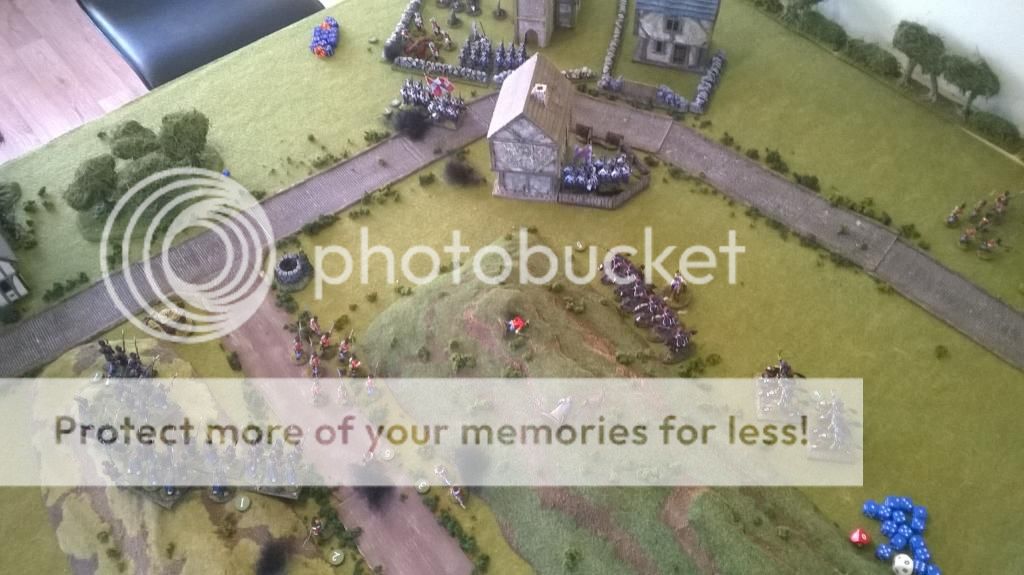In the end I played two solo Rome vs Carthage games on Friday evening, finishing off on Saturday morning.
The first was a 100 point game (100 points per army as per the rules I was using). I played it as a standard attack-defence game, having previously rolled to determine that the Carthaginians would be the attacker. The game set up gave the Romans a handy hill in their deploy area, and provided for a couple of woods towards the flanks. There would be plenty of open space in the middle for the infantry to come to grips, and just enough open ground to either flank for the Carthaginian cavalry advantage to be a factor.
The Roman commanders have a quick pre-battle pep rally:
The deployment and battlefield:
The Roman infantry (2 lines rather than 3, but I think most rules and wargames have some compromise here):
The Carthaginians:
The Elephant brigade:
Spanish and African infantry:
Cavalry:
True to their mission, the Carthaginian army advanced, pushing cavalry ahead on the flanks and skirmishers into the woods to fight their Roman counterparts. The Romans used more velites in an attempt to delay the crunch of elephant on hastati, but couldn’t hold them up for long and soon the battle was in full flow as the front ranks crashed into each other. Gauls and Spanish charged the Roman wall and heavy cavalry closed in on the weaker Roman left.
The fighting was tough everywhere, and the Roman cavalry in particular fought back tenaciously despite the odds.
The elephants, having swept aside the velites (who did at least cause some casualties and disruption) got stuck into a unit of principes, pushing them back in disorder.
A freak result for some of the Spanish against heavier Roman infantry!
The battle lines surged back and fore and each side had their share of triumphs and disasters. After 8 game turns though, the Romans had dealt with the nellies and held on despite their vulnerable flanks, winning a close victory (15-10) and forcing the enemy to retire from the field. There would need to be a re-match, but in the meantime it was definitely beer o’clock..



